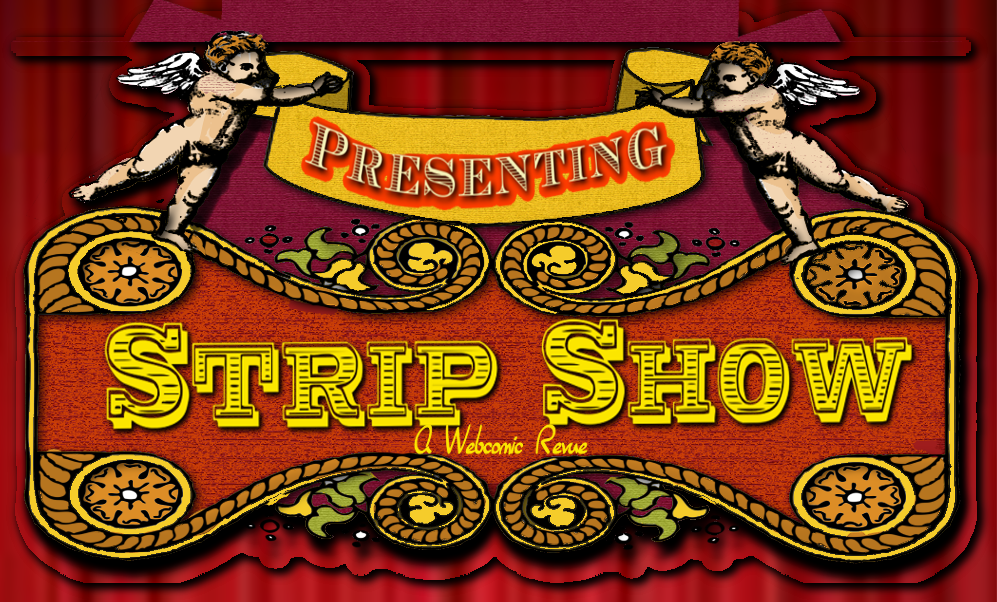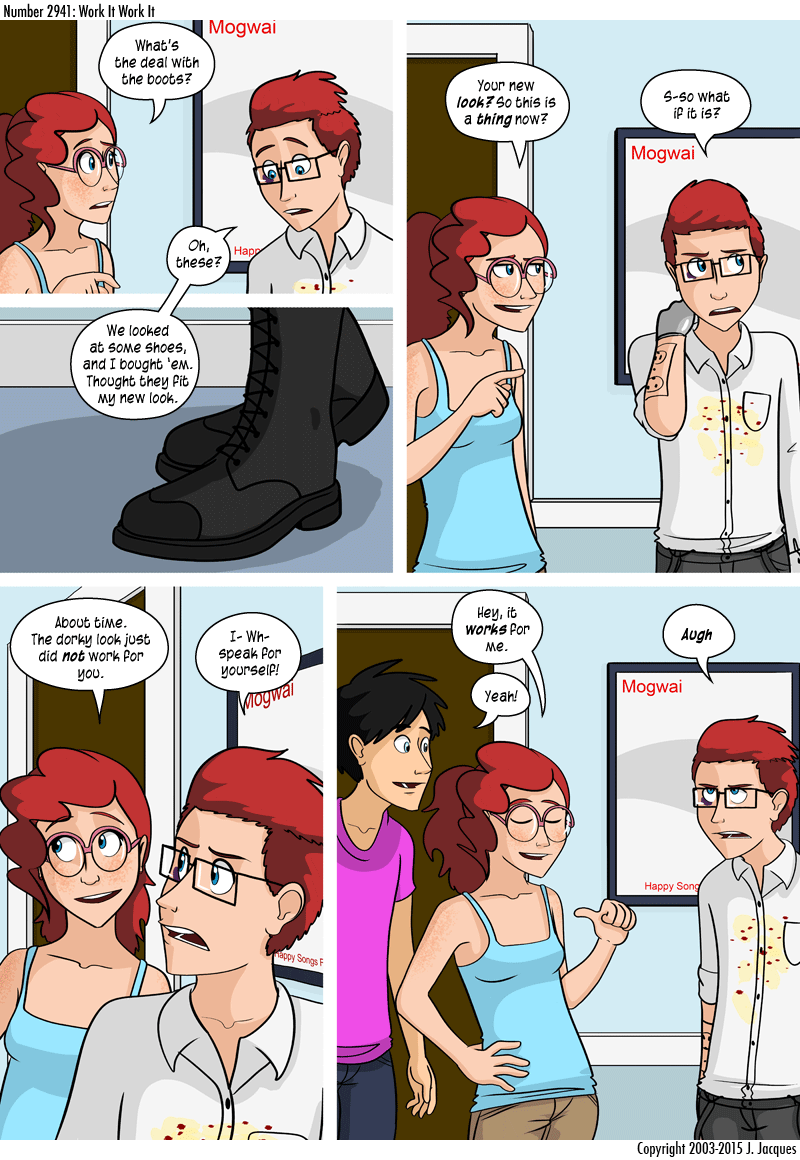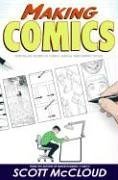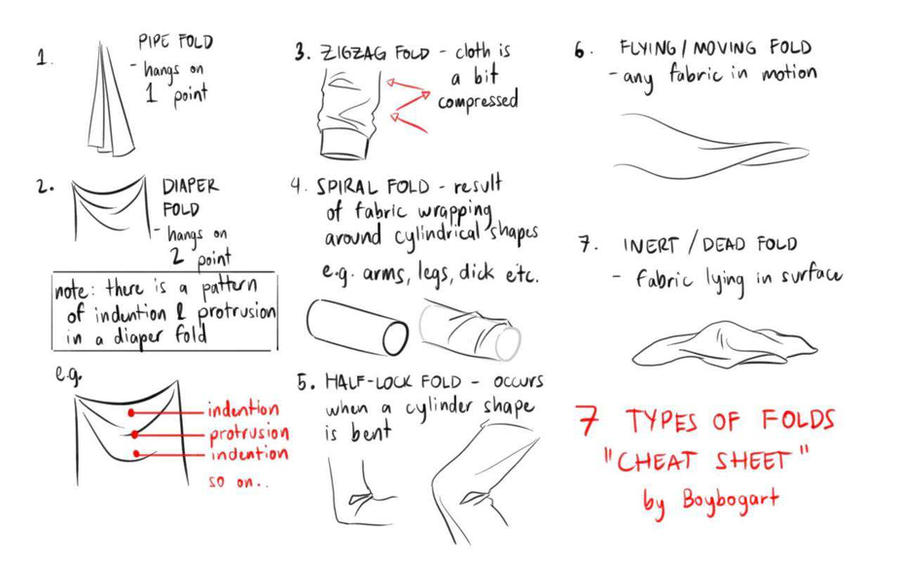We Present To You, Your Backstage Pass!
Ladies and gentlemen, from now on it will be my pleasure to bring you a monthly Backstage Pass feature, wherein I discuss the craft and creative struggle of the comic art with creators. You're invited backstage to find out what it's really like in the life of a creative artist!
This Month
Carrie Tupper, Alan Tupper and Havana Nguyen, Creators Of
Creators
 Alan Tupper - Co-Creator, Layout, Pencil and Background Artist Twitter@ThatTupperKid
Alan Tupper - Co-Creator, Layout, Pencil and Background Artist Twitter@ThatTupperKid
Carrie Tupper - Co-Creator, Writer, Ink and Paint Artist
Twitter @mermaidshells
Havana Nguyen - Character and Graphic Designer, Media Relations
Twitter @havanatweets
Project
Kamikaze
http://kamikazeanimated.com/comic
Kamikaze is a dustbowl cyberpunk scifi story that has a richly developed world, but a very intimate dramatic heart. The story follows a young courier who's unwittingly thrown into a life or death game of espionage and sabotage from which she might never escape.
So, tell me a little about yourselves!
Alan - I'm a freelance artist with a focus on animated and interactive media. I've worked on projects for PBS, Cartoon Network, IFC, Hulu, and a bunch of other smaller indie ventures. Originally I got into the animation and comics arena by way of game production, but I've developed a real love for the mediums due to their storytelling potential.
Carrie - I'm a jill-of-all trades, even in art, so there's not many places I really 'fit in'.
I started out loving animation from a really early age. Gargoyles, Batman, and especially Disney films were all my jam. I went to college to study animation, where I met Alan. I got to work on some cool projects, mostly for Nickelodeon and some small indie stuff too. Alan and I got married and instead of making kids, we made Kamikaze.
 Havana
Havana - While I have a normal day job, I've always been an artist, so it might not be surprising that I was a freelance artist for a while. Graphic design is what I really love though. I started with Kamikaze when my fiance asked me "If you could do anything tomorrow for a career what would it be?" and I said that I wanted to work in animation drawing characters! A mutual friend of ours found out and introduced me to Alan and Carrie. I really loved their idea, and especially the world they built. So, I just went for it!
Other Hobbies and Obsessions
Carrie - My hobbies sorta ping-pong all over the place. History is one of my favorite things, though next to my other history-loving friends I'm woefully uneducated by comparison. I've never stopped watching animated films or TV shows, and I have an unhealthy obsession with mermaids.
Alan - I'm a big fan of open virtual worlds. When I'm not working on Kamikaze, I'm generally in-world building something, trying out new and crazy ways to make really engaging virtual experiences.
Havana - Animation, graphic design, and I'm really into Brazillan Ju Jitsu (I've got a tournament soon that I'm really excited about). I love to read, right now I'm reading a book called The Favored Daughter by Fawzia Koofi and A Fighter's Heart.
So, tell me about your early experience. How did you fall in love with telling stories in pictures?
Havana - The first stories I ever consumed were animated, and that was the first time I was made to feel certain powerful emotions through any medium. Growing up as an artist, art's always been the easiest way to execute stories in my head. Comics came in when I got into anime, which lead me to manga, and then into comics. I feel like there's a difference between watching a movie and reading the book it's based on, and I felt the same sort of intimacy when I read comics or manga and then watched films or shows they were based on.
Alan - Growing up, I was surrounded by art. My mom is a fantastic pointalist painter, and an avid fan of classic comics like Tintin and Asterix. She passed that enthusiasm onto me, and both my parents kept encouraging it as I explored it. Animation was really compelling to me as a kid as well. I once told my grandmother that I wanted to go into movie-making when I grew up so I could remake Bambi without the forest fire scene (It really freaked me out when I was little).
Carrie - For the longest time comics equated to the Sunday Paper cartoons. I grew up with a very religious household and anytime I picked up a proper comic book, it was immediately and literally prayed away. I'll never forget the time my grandmother took me to the library, I found a comic book, and she prayed to Jesus to ask if I could read it. The answer was, "no," of course. So, I really only started learning about comics through manga my friends had, or I had to buy for myself in high school. I kinda fell off that wagon in college. As an artist, western comics intrigued me, but I just hadn't found the right one to hook me. Enter Hellboy, and then it was just over. When we started working on Kamikaze from a comic angle, I knew I had to brush up on comics as a whole. Everything our team knows has been self taught, and we're still learning everyday. I think that's one of the things that keeps us going, the thrill of discovering something new and putting it to use.

How long have you been working on comics?
Alan - Just a bit over a year. I played around with the medium a bit during and after college, but I never got more than a page or two in before I realized I had no clue what to do next. It wasn't until we decided to take Kamikaze into the medium that I really got serious about learning the nuts and bolts of comic-craft.
Carrie - Outside of some silly things I drew for friends in highschool/college, I've only been in this about a year and a half. It sounds so stupid when I put it that way, but it's the truth. I'm a totally newbie.
Havana - Like Carrie and Alan, I drew some in highschool, but had no clue what I was doing. It was just for fun then. Kamikaze is the first comic I've ever made.
WOW! It's AMAZING to see such fine work coming out of a debut team! So what was the genesis of the project idea? How did you get together the creative team for Kamikaze?
Alan - Carrie and I have been together since the first week or so of college, and Kamikaze was something that we started to formulate around that time. Originally it was just this funny little superhero story that mimicked both of our feelings of being these newly minted "adults" living in a big crazy city. Over time, we realized that while we loved the main cast, the story that was actually compelling to us was a lot more grim. Maybe it was us absorbing some of the times and surroundings, I'm not entirely sure. After passing it back and forth as a sort of hypothetical story baseball for a few years, we met a filmmaker friend who encouraged us to get serious about turning it into a full series pitch. During that process, he introduced us to Havana, who initially came into to bring some graphic design order to all the conceptual chaos we had flying around. She's stuck with us since and has helped us out in so many ways she's practically the third creator by this point!
Carrie - Yeah, Havana's basically the awesomest.
Havana - They're right, I am awesome. Haha!
Can you tell me about your typical day or working session?
Carrie - A typical day for Alan and I begins with turning on our computers. I tend to do a lot of the correspondence, so answering or writing emails is the first thing I do. Then I load up a podcast, netflix or music and just get going on the ink and paint work. When Havana comes over, I make sure everyone's fed and knows their assignments. Then it's back to work, usually with me keeping Havana company as her workspace is in a different room because our office is so tiny.
Alan - Ever since the comic launched, it's been pretty much a setup where I'm doing at least a few hours if not a full day of work on Kamikaze every day of the week. Depending on the day, that could mean thumb-nailing, roughing and layout, scanning and revisions, background buildout and coloring, compositing, or website/social media work. It certainly keeps me busy!
Havana - I get the roughs, sit down at an animation light box and basically get to work. I check over the script to make sure I have the right attitudes in mind, and start drawing. I have all of the character key art around me on the walls, so I can reference them when I need to make sure everything's on model. I do rough drawings first, and go to Alan and Carrie looking for any revisions. Usually it's small stuff like I missed one of Markesha's hair bands, or a hand, but sometimes we have to make drastic changes to suit the style or if we find something doesn't work.
How does your working process flow?
Havana - Trying to make a lot of the lines as clean as possible, so there's no ambiguity. The characters have to have a true expression and I really want them to carry the emotion and tone of the page. I try my best to stay clear of tangents and stuff like that, but keeping characters on model is a big challenge too. Mostly I just play out the scene in my head as though is was animated, and do my best to put that on paper.
Carrie - I spend most of my days just working on the ink and paint, while juggling writing, social media outreach and marketing. Ink and paint is pretty straight forward. With our style, we wanted to stay as true as possible to the idea of an 'animated' look, so that means clean, single weight line art and cell-shaded style. It kind of kills me that I can't do more with the inking, because inking 'pretty' is so much fun, but it does take a lot longer. From the inks, I do fills based on color-comps I've created. These color comps have to be done for every character that shows up, and different shades are included for different lighting scenarios. I take into account a lot of the lighting and background when it comes to shading the artwork as well. If highlights are needed I add them in. It's a fairly straight forward and easy process with our cell-shaded work, but it does take a while to do.
Alan - While it varies a bit, we have a pretty solid process set up. Working off of the script we've written (we write full episode scripts beforehand), I thumbnail and layout a rough of the page. Havana then cleans that up so that it's not a wild blizzard of lines, and it gets scanned. From there Carrie and I work in parallel, she does the inkwork and colors for the characters, I build and color the backgrounds. Once that's done, Havana does the lettering and I composite it all down into a final polished image. A lot of our process mimics the animation production pipeline, which is a conscious choice on our part. Part of our reason for producing the comic is to showcase how it would work as an animated series. Keeping the process as close to the animation pipeline keeps us honest about what's possible and feasible.
What media do you work in to produce Kamikaze?
Alan - Every page starts off on comic board and pencil (we're Canson snobs here). From there it's scanned and the rest of the process is digital. Our primary tools are Photoshop, Illustrator, and Sketchup.
Can you tell me about your storytelling process? Do you prefer to script your stories, fly by the seat of your pants, or somewhere in between?
Alan - Because we're coming from an animated series angle, we think on the scale of episodes and seasons. We write out full episode scripts as if they're going to be serious scripts for animation production. From there, we break down the script into pages and figure out our page-to-page pacing. In addition to being the process we're most comfortable with, it's great for being able to see ahead and know what you need to foreshadow or set up visually. We do deviate a bit from the scripts, often to add in more dialog we wouldn't be able to in animation.
Carrie - Adding to what Alan said, our process follows very closely to traditional screen writing. We're planners, so outlines are our friends. The story has a set ending and since we know where we're going it's a lot easier to stay focused. If it doesn't serve the greater story (no matter how cool it may be) it gets cut. This really helps us keep the pacing well timed, and the story tightly focused.
How long have you been working on the plot of Kamikaze?
Alan - Roughly speaking, since about 2006. It had a really long incubation period before we really put the rubber to the road.
Has anyone told you that you'll never be a successful artist and you'd be better off studying a real field and/or getting a real job? How do you respond to criticism like that?
Havana - That's a hard one. I feel like people are always going to have opinions about what you should and should not do. The whole starving artist is a common one. There's a lot of people who don't make it, but I think it creates a very negative stereotype of pursuing art as a career. There's a need for art everywhere, design, movies, illustration or animation or comics - there's so much out there that depends on visuals, but I think that people focus on that negative stereotype and let's it stop them. With enough perseverance and adaptability you can totally make it. Even if you do make it, people are going to have opinions positive or negative. I mean, just look at celebrities!
Carrie - Oh yeah, I got that negative stuff a lot, even in school. It sucks when you get that, but it's something that you just have to live with. You can learn a lot from it though, especially if you ask why someone thinks they way they do. In screen writing, I've learned that people in real life rarely tell anyone what they're actually feeling, even when they're angry. So I've learned to sort of look deeper into people who nay-say what I do. Usually you'll find there's a source of unease about them. Some people liken it to, "Oh they're just jealous!" but in every case I've experienced it's not that. Instead, they see me as competition. You're a threat to whatever they're doing, and negging on that threat makes the victim seem like less of a contender.
Alan - Fortunately for my part, I've never really had anyone tell me that. My parents were both very supportive of me, as long as I could always take a step back to look critically at how I was going to use my art skills professionally. That being said, it's a nagging internal doubt which I deal with nearly constantly, partly because I know it's something so many other aspiring artists get pressured with.
What keeps you devoted to telling the story you’re telling?
Havana - I think that growing up I've always had little stories going on in my head. I'm the type to over think things so, I could look at something as simple as a guy walking by himself in a grocery store and suddenly a whole story pops up about that guy in my head. I think drawings always been a way to give those stories in my head life, an outlet. With Kamikaze, you know, sometimes it's fun to put myself in the shoes of one of our characters and imagine that I was living this this world we created. I think I'm adventurous by nature, and being allowed to explore the world of Kamikaze though the characters is what what keeps me sticking with it!
Carrie - For me personally, it's that I kind of feel like I can't do anything else. Not to say I wouldn't like doing other things, I'm sure I would, but eventually I'd just go crazy. I think it's the same way for a lot of artists. It's the way you think and the way you express yourself that just doesn't jive with a lot of other jobs, so you never really fit in and you never feel confident in what you're doing. Alan and Havana have been a god-send for me. For a long time I had absolutely no confidence in any of my skills, and it showed. But with them at my side, and the passion we all share for bringing these characters to life I've been able to rebuild my confidence. While the characters and the world do keep me interested and invested, Alan and Havana are the ones that keep me inspired and excited to see Kamikaze succeed.
Alan - A very big part of it is passion. I love mentally exploring the characters, the world it's set in, and I'm genuinely excited to get a chance to share the things I've discovered with others. Another part that I can't deny is a bit less idealistic: I'm surrounded by other people who are passionate about telling it, and that's a rare thing. Being a part of this team and helping Kamikaze succeed is a way for me to accomplish more than if I was wandering around working on a personal project by myself. Together, we multiply each others strengths and reinforce each others weaknesses.
Thanks for your time, Carrie and Co. I know I'll be reading every Wednesday. Rock on!
























_Cropped_2.jpg)






.jpg)
































